Speak to a specialist
Enquire now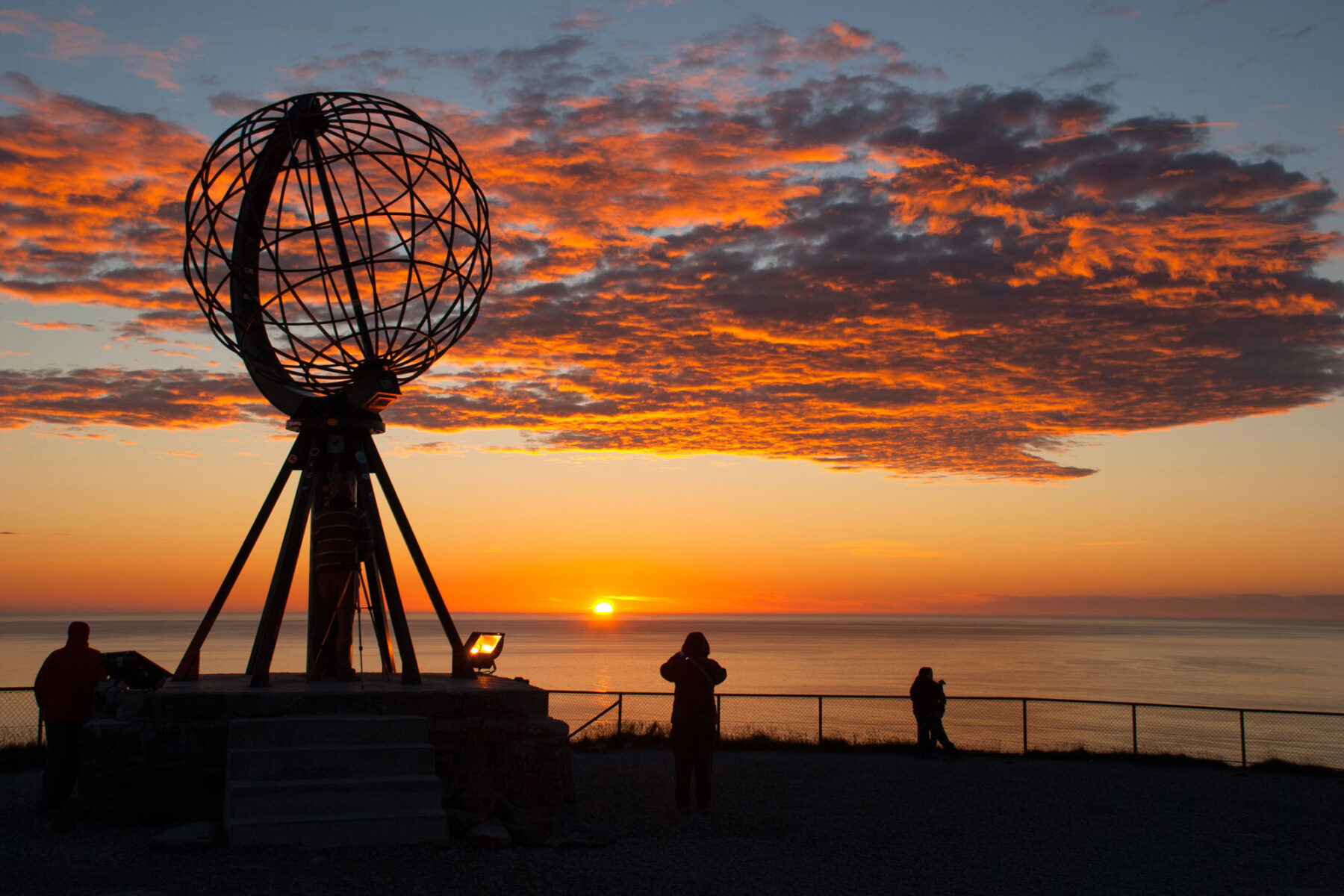
Best Time to Visit Norway
It might surprise you to hear that Norway is a fabulous year-round destination. Well-established as a summer favourite for those pining for the fjords, this spectacular destination is far from bleak and inaccessible during winter. In fact, we’d recommend a northern lights themed holiday in January as much as a summer self-drive under the midnight sun. Spring and autumn in Norway also have their special appeal.
Norway by Season... at a glance
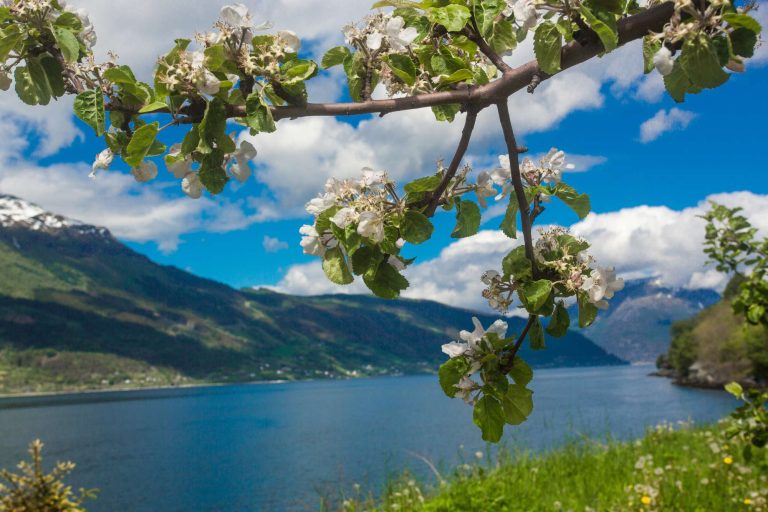
Spring
- Long days ideal for scenic self-drives
- Orchards and meadows in flower
- Delicious fresh local produce
- Visit in March for snow and decent daylight
- Bird watching starts from May
- First potatoes, asparagus and wild garlic appear
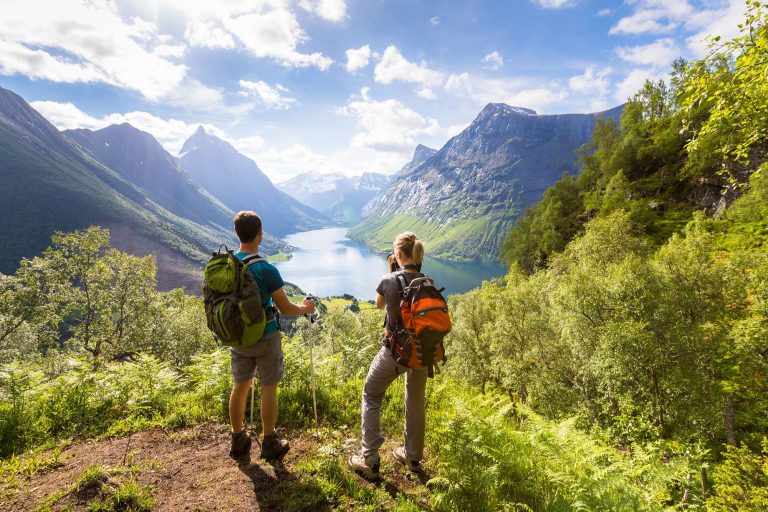
Summer
- Endless days for activities such as hiking and kayaking
- Midnight sun in the far north
- Lovely warm weather
- Little traffic, ideal for self-drives
- Best time to visit the fjords by car or cruise
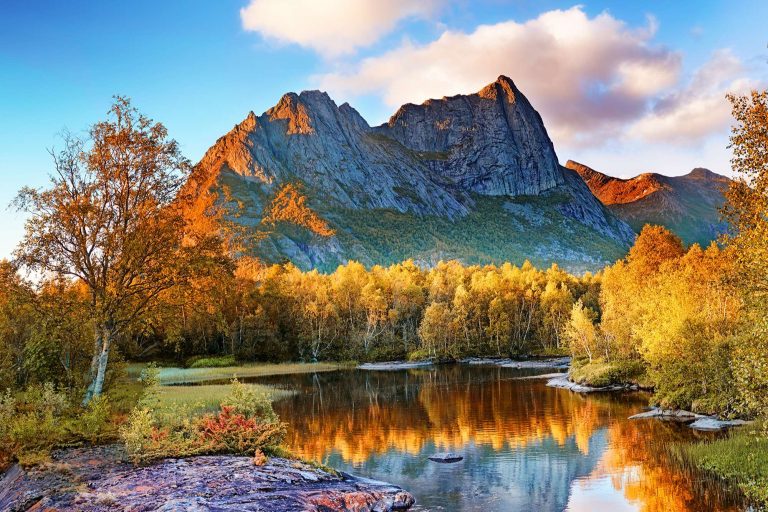
Autumn
- Wild berry picking season
- Beautiful autumn colours
- Early northern light viewing potential
- Quieter time to visit the most popular destinations
- Advanced planning required for reduced schedules on ferries
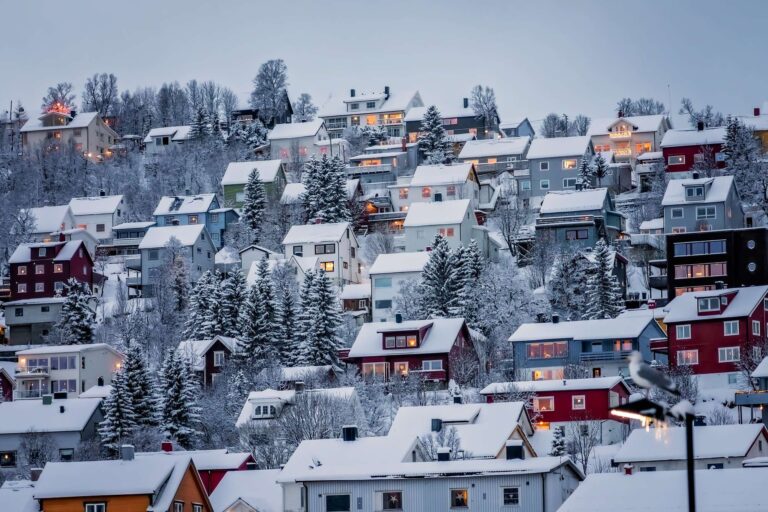
- Ideal time for northern lights viewing
- Seafood at its best
- Northern Norway will be snow covered
- Winter activities such as husky sledding and snowmobiling
- No sun-rise from mid-November until the end of January in far north
When is the best time to see the northern lights in Norway?
The aurora borealis can be visible on a clear winter’s night any time between September and March – and sometimes outside this period. The equinox months of September and March often have some of the best northern lights activity. The appearance of the aurora is always unpredictable, so it’s worth looking as soon as it gets dark, providing you have clear skies above.
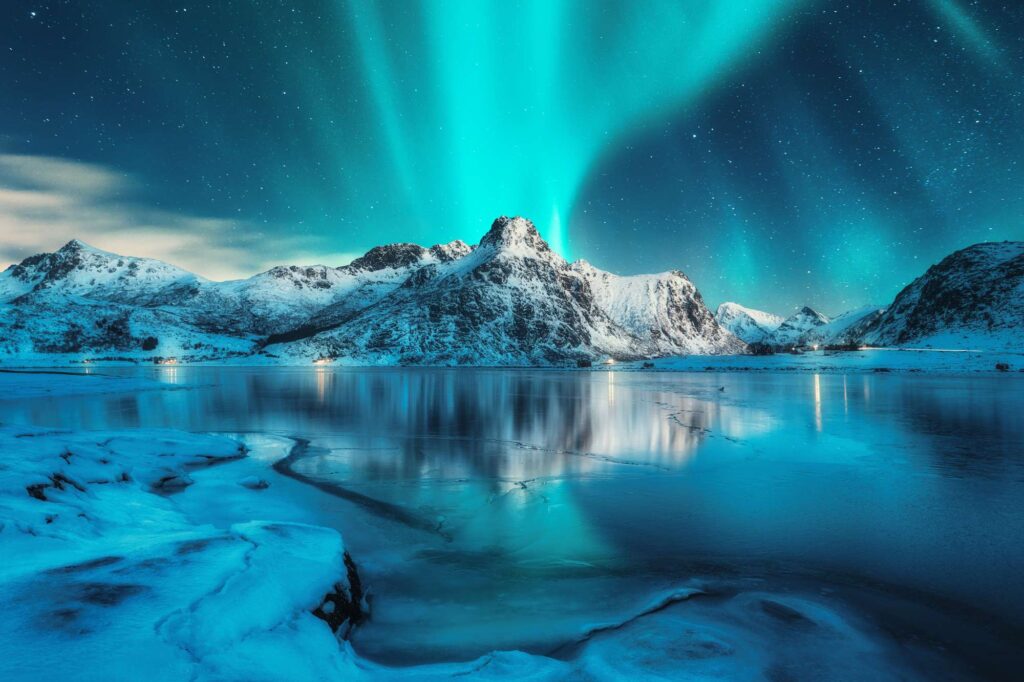
Norway in Winter
Most of northern Norway is covered in snow during winter, but it’s scarcer in the south and along the west coast where the Gulf Stream helps to maintain milder temperatures. Nevertheless, Norway in winter is generally a snowy wonderland: ice-fluted mountains, long dark nights, winter activities and the promise of the aurora borealis. In the far north of Norway, the sun does not rise from the middle of November to the end of January. Seafood lovers will be pleased to discover that winter is the best season in Norway for lobsters, prawns, scallops, blue mussels, halibut and salmon. When you’re not feasting on fish or hunting the northern lights, try your hand at winter adventures such as dog-sledding, snowmobiling and cross-country skiing. In northern Norway, set sail on a Hurtigruten coastal voyage to Finnmark and the North Cape.
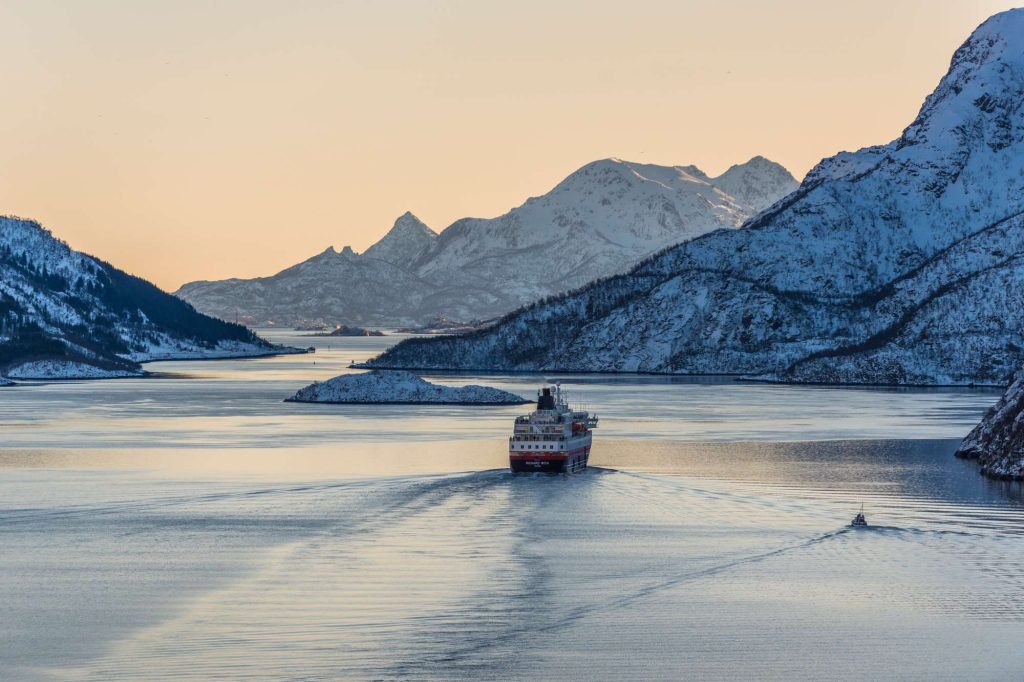
Norway in Summer
Along with spring and autumn, the summer months are ideal for touring the head-spinning fjords of Norway – or exploring the ins and outs of its dramatic coastline. With good roads and little traffic, a self-drive holiday offers a free-spirited, quieter alternative to the much-hyped Norwegian cruise. Driving yourself, you’ll also get a different perspective of the landscape, stopping when you choose at a café, viewpoint or hiking trailhead. And if you want to experience the fjords from sea level, our Norwegian self-drive holidays include plenty of opportunities for a boat trip, ferry crossing or mini voyage using the ships ploughing the Hurtigruten route.
Wildflowers continue to dazzle throughout the summer, while the midnight sun bathes the landscape in a wonderful golden glow if you travel far enough north. At Nordkapp, the sun is visible almost continuously from mid-May to late-July. Throughout much of Norway, midsummer hours of almost endless daylight provide plenty of time for soaking up the scenery and experiencing activities ranging from hiking to kayaking.
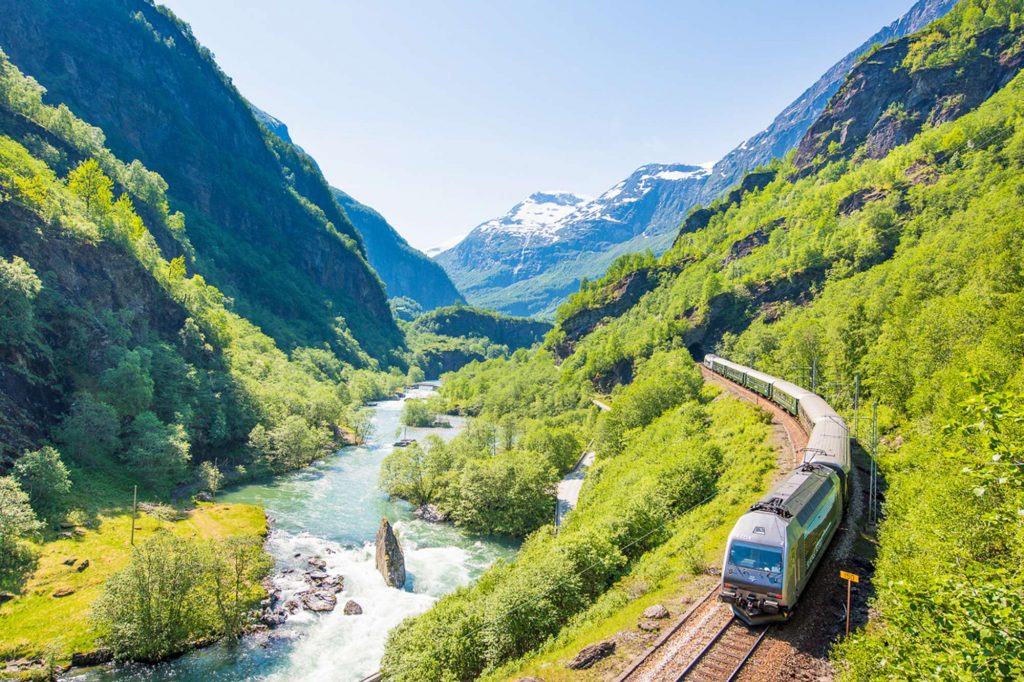
Norway in Spring
March is the best month for visiting Norway if you want snow and a decent amount of daylight. By late April, there will still be snow in the mountains, but late spring is when meadows and fjord-side pastures start to become carpeted in wildflowers. The long days of May also trigger the blossoming of orchards – particularly in the Hardangerfjord region – when apple, plum and cherry trees are smothered in pink and white flowers. If you are interested in birdwatching, May until the end of July is a good time for sightings. Food lovers will enjoy tasty lamb, cod and herring dishes, accompanied by the year’s first potatoes, asparagus and wild garlic.
Norway’s National Day falls on 17 May.
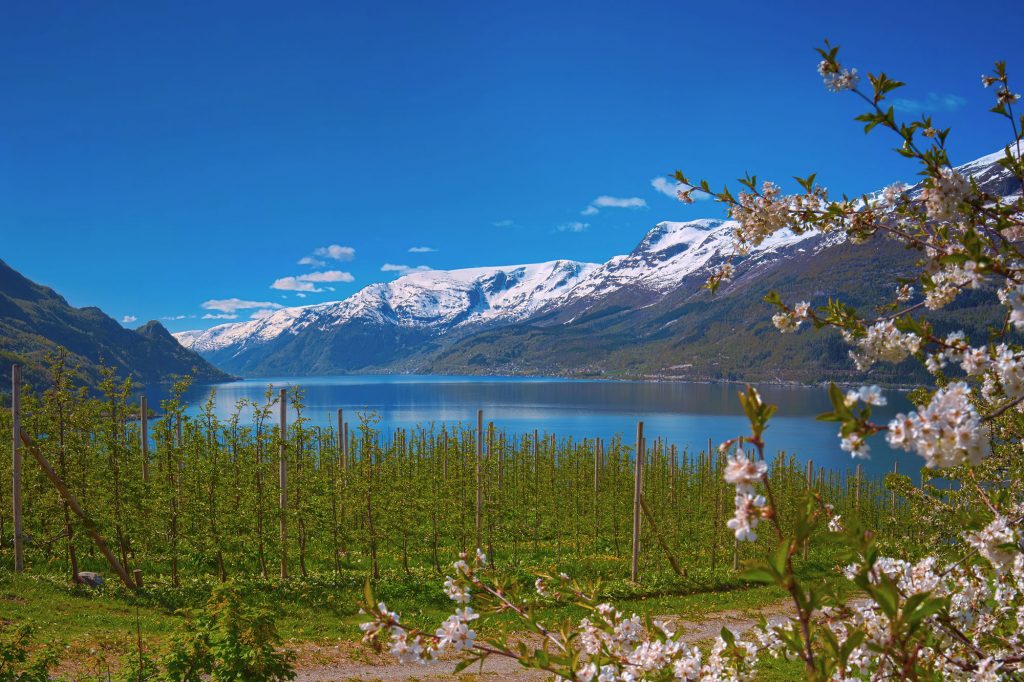
Norway in Autumn
The beautiful autumn colours begin to gild Norway’s mountainsides during September. Fruits and wild berries are ripe and crab is also in season. You may be lucky enough to witness some early northern lights sightings, while another bonus of travelling at this time of year is that summer crowds will have thinned at popular destinations like Bergen. It can be cold from late-September – especially in the far north – and you need to be prepared for reduced schedules on ferries, trains and tours. With careful planning, though, autumn can be a very rewarding time to visit Norway.
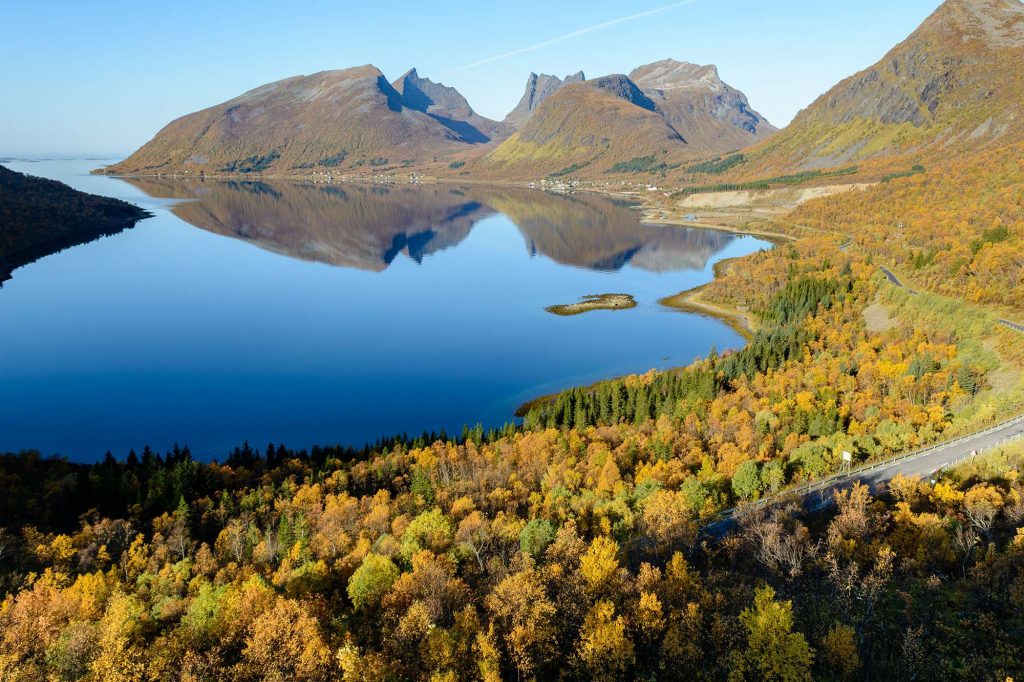
Norway weather
June, July and August give the best prospects for fine weather with temperatures in the Bergen area averaging 14°C. Thanks to the warming effects of the Gulf Stream, mean temperatures during the winter months remain above freezing along the Norwegian coast as far north as the Lofoten Islands – some days it can feel more like autumn than winter. The Finnmark Plateau is the coldest area with average winter temperatures around -15°C (and a nippy -51.4°C as the record low in 1886). Generally speaking, the further inland you travel the more severe the winter conditions.
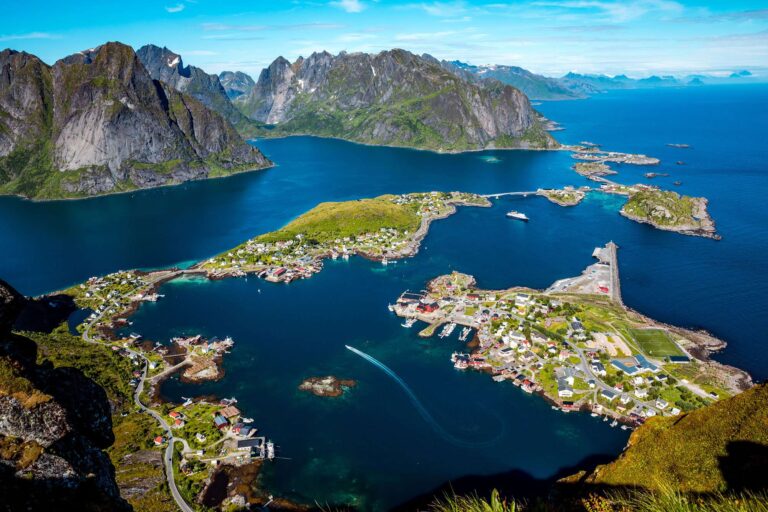
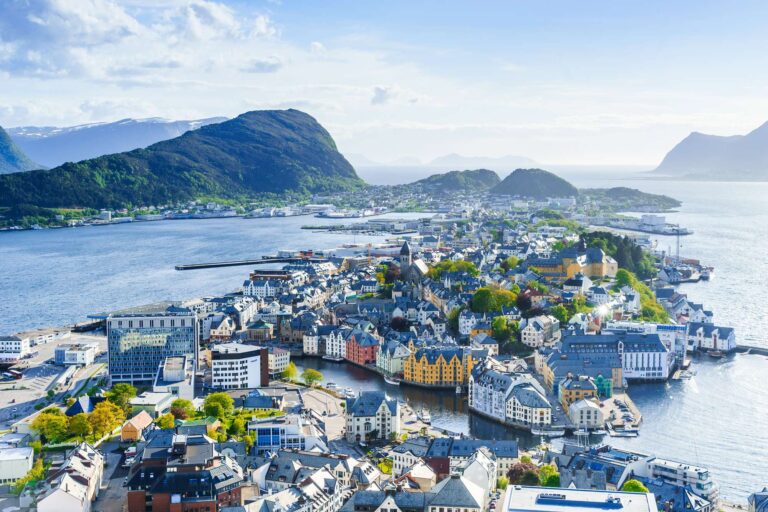
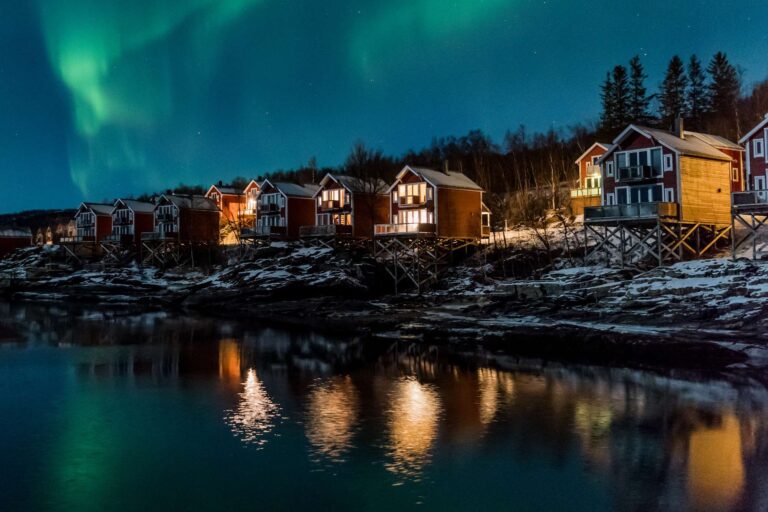
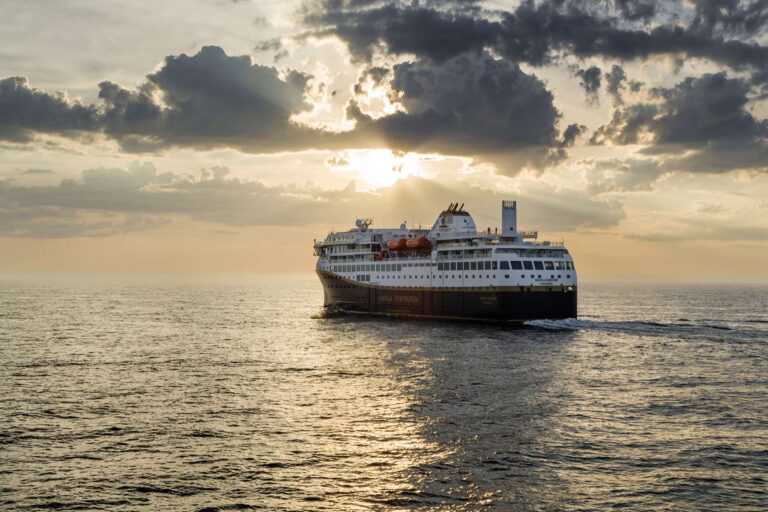
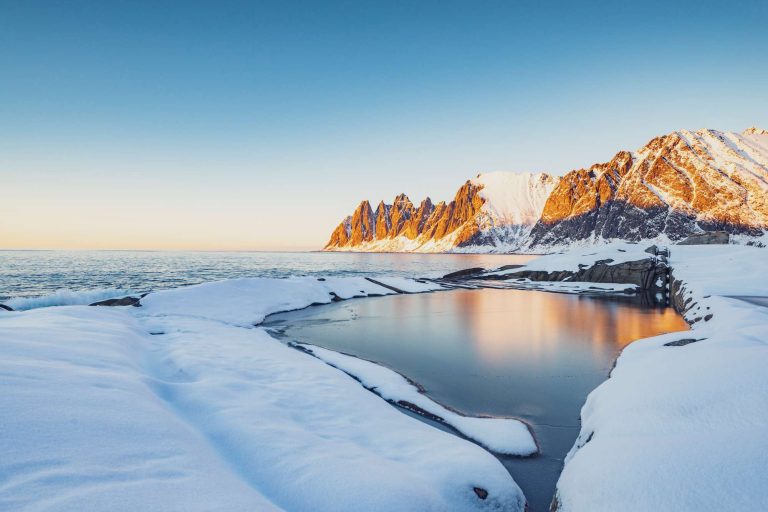
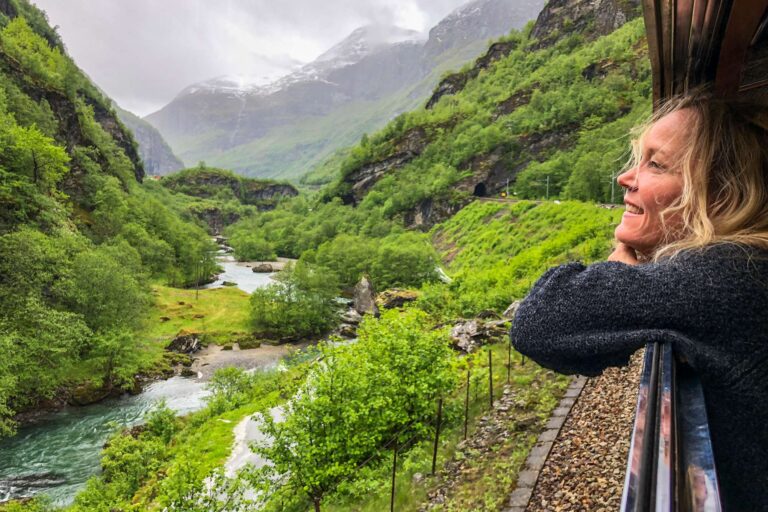
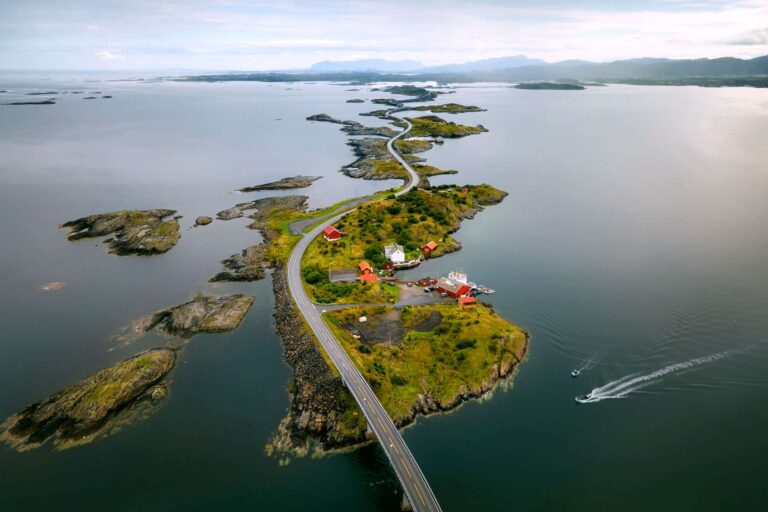
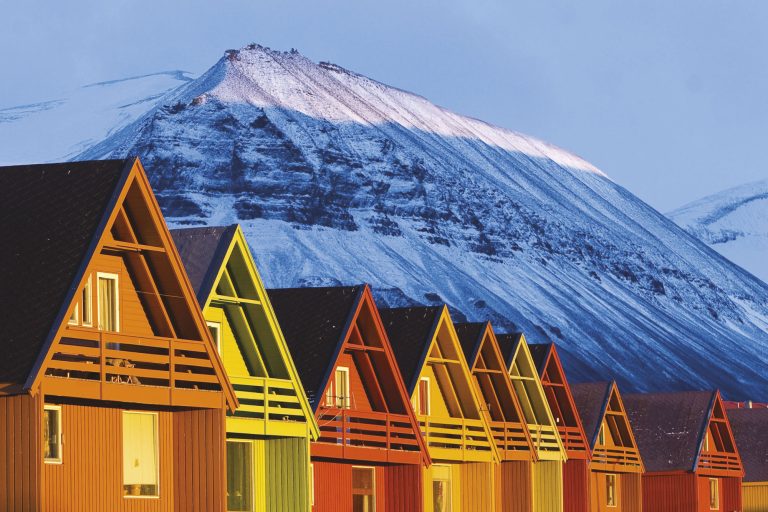



 Instagram
Instagram
 Facebook
Facebook
 YouTube
YouTube